Dota 2’s newest hero Hoodwink was an unexpected Christmas gift from developer IceFrog and Valve. While her numbers were initially overtuned, which is common for newly introduced heroes, her win rate and pick rate have gone down considerably following a few well-deserved nerfs.
Now that she’s hovering slightly below the 50-percent win rate, it’s a good time to take stock of the hero’s performances at the highest level to improve your own gameplay of the hero or get used to her before she makes her way to Captain’s Mode.
Here are some tips and tricks on how to play Hoodwink in Dota 2.
So, does Hoodwink play like Windranger?
Initial assessments of the hero compared her to Windranger, citing several similarities between their kits, like their reliance on trees, a charging nuke, and movement abilities. Hoodwink functions differently, however, and is arguably more annoying to deal with if you don’t have the appropriate hero counters.
What role should she be played in?
As with most new heroes, Hoodwink is seeing play across all five positions. High-level players are settling on her mainly as a support, with nearly half of all Hoodwink games in pro-level pubs occupying the position-four role, according to Dota 2 Pro Tracker.
Acorn Shot’s scaling physical damage and Hoodwink’s otherwise high burst potential means she’s capable of being in a core role. She’s seen some time in the offlane and mid positions but is rarely played as a hard carry.
Her role seems to be settling around an annoying space creator that’s capable of roosting safely in the sidelines thanks to Scurry’s tree-walking. Even without any damage-increasing items, Hoodwink is capable of pushing out creep waves from a safe distance and has good—albeit tricky—lockdown potential with Bushwhack and magical nukes.
What items should she buy?



When played as a core, items that have on-hit proc effects are valuable since her Acorn Shot counts as an attack. Items like Maelstrom, Desolator, and Crystalys allow her to pump out damage from afar. Pros tend to keep her basic boots before upgrading to Boots of Travel later on since the hero functions more as a spell-casting carry rather than a right-clicker due to her tendencies to play as a glass cannon that weaves in and out of the trees.



The support item of choice is Eul’s, letting her function as a setup and initiating hero. Follow-up items like Blink Dagger and Aether Lens allow her to extend her range considerably, while standard support items like Urn of Shadows, Ghost Scepter, and Aeon Disk are routinely picked up. Glimmer Cape is less popular due to her built-in Scurry Camouflage talent at level 15.
Support Hoodwinks who are having a good game can consider greedier options like a Maelstrom as well, which can be built into the new item Gleipnir and adds another control tool to her kit.
How do you beat Hoodwink?
The hero is incredibly fragile and suffers against assassins and high-burst heroes that can instantly erase her from the fight, such as Tiny, Nyx Assassin, and Tinker.
Heroes that can keep track of her with vision-granting spells or destroy her safe haven of trees are valuable as well, such as Weaver, Batrider, and Phantom Lancer.
Those that fulfill both roles, such as Mars, Bounty Hunter, and Phantom Lancer, are among some of the best counters to Hoodwink and will ensure that she has a miserable game.
For items, Eul’s Scepter is a great way to avoid her spells like the obvious Sharpshooter animation, especially if she holds it for too long. Gleipnir is a good but expensive way to find her hiding among the trees and will provide vision if you manage to strike her.
Tips and tricks for playing Hoodwink
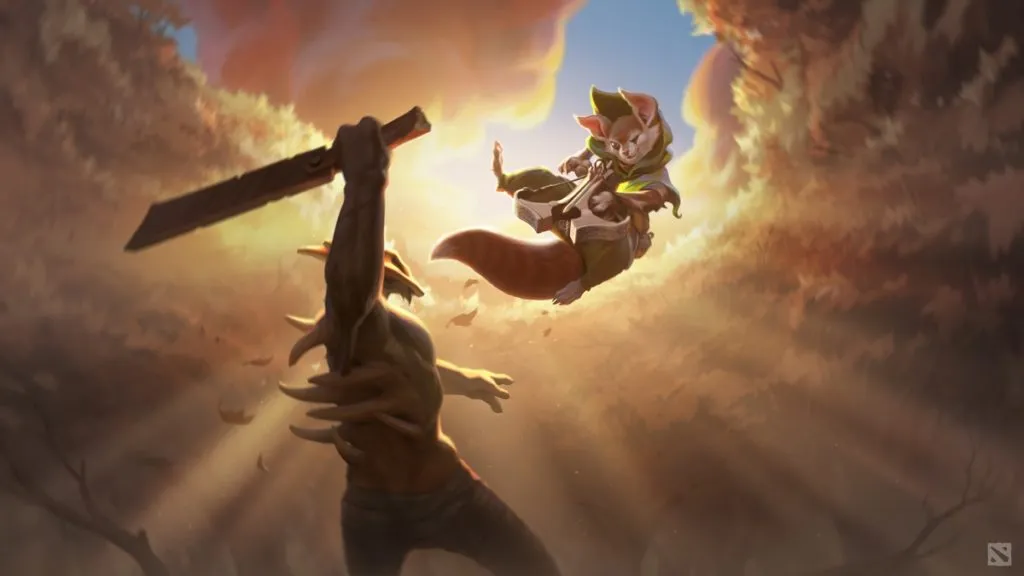
When opting for regeneration in the laning stage, go heavier on Tangoes if you’re Hoodwink or her lane partner. Acorn Shot’s planted tree can be eaten for double the duration on a healing Tango. It doesn’t discriminate, so be careful when using it to harass laning opponents since they can consume it as well.
Acorn Shot provides a small amount of vision around where it’s planted. Use it on cliffs or common ward spots as a valuable dewarding tool.
Units bound by Bushwhack will be released if the affected tree is destroyed. Forced movement, like a Force Staff or Snapfire’s Snapfire Cookie, will also release them.
While most plays will do well to play around the treeline, it’s even more crucial for Hoodwink. Trees block vision easily and a well-placed Acorn Shot can cut off potential paths for enemies to chase into. Scurry gives you evasion and also grants you free pathing through trees. But be careful not to get stuck in a compromising position while the skill is on cooldown.
Spell combos
While it’s perhaps more intuitive to chain Acorn Shot into Bushwhack, using Bushwhack before Acorn Shot is the more efficient spell combo if you’re confident. It works better when you’re further away since Acorn Shot’s projectile travels twice as fast as Bushwhack. When you’re close to the target, it’s safer to use Acorn Shot first if there are no trees around.
Sharpshooter isn’t really a channeling spell. The spell goes off after reaching its full countdown even while you’re otherwise disabled. And the hop back will go through with some exceptions like Faceless Void’s Chronosphere.
Hoodwink can still use items and cast spells but is unable to move. You can execute your entire combo with some practice, though your direction will be more limited due to your changed turn rate.
Items like Blink Dagger and Force Staff work, however, allowing you to reposition yourself, such as ambushing an enemy from fog or trying to catch up to a fleeing enemy.
Unlike heroes like Pangolier or Io with zero turn rate, or Phoenix’s special scenario while he’s using Sunray, Hoodwink still obeys directional rules during her ultimate animation and is unable to target backward. If you try to Blink backward, for example, you’ll be locked in your position and be unable to turn until you press the stop or hold key.
If nothing is done, it will instead function as a shift-queue action and take place immediately after Sharpshooter is complete.



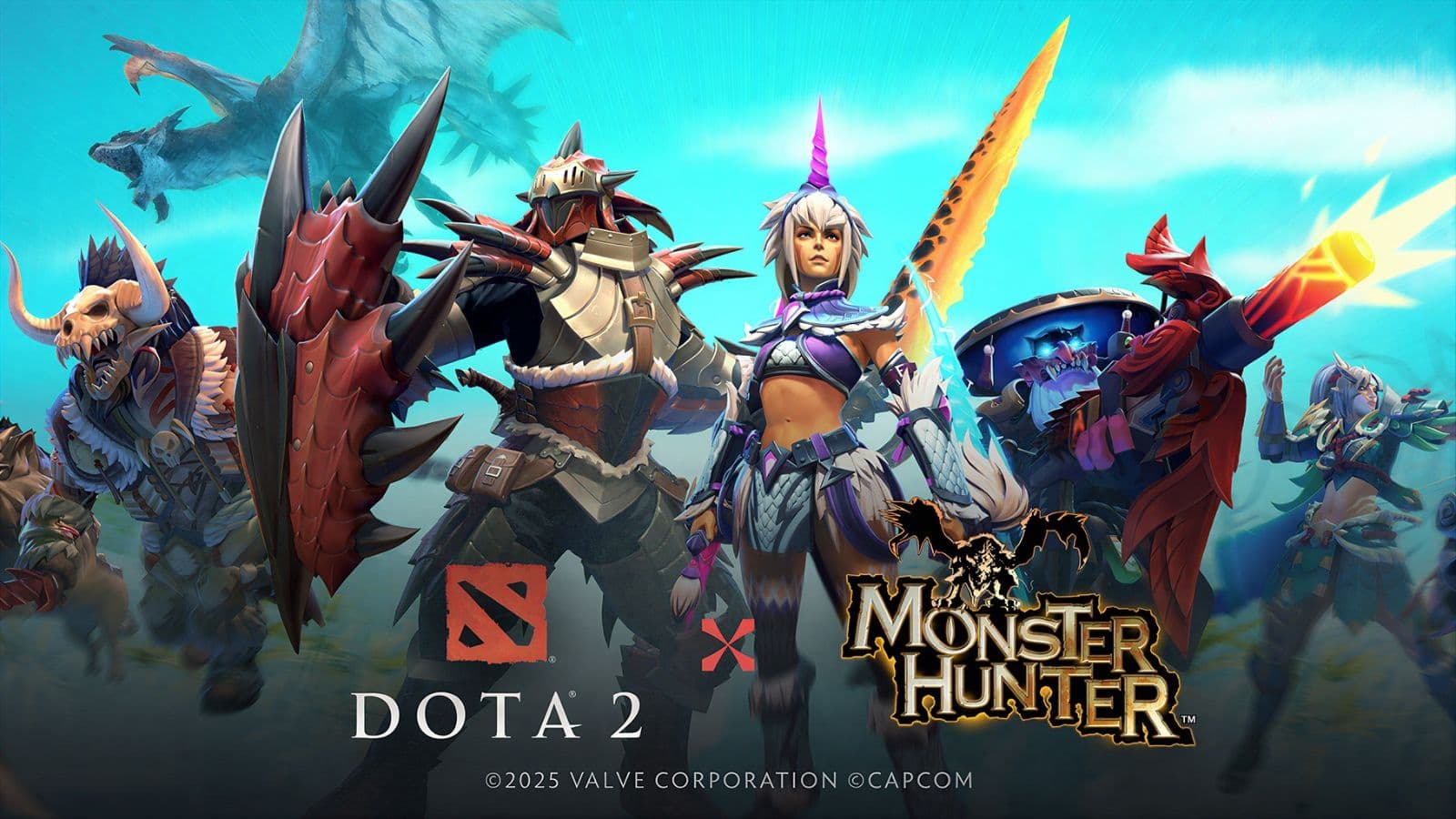

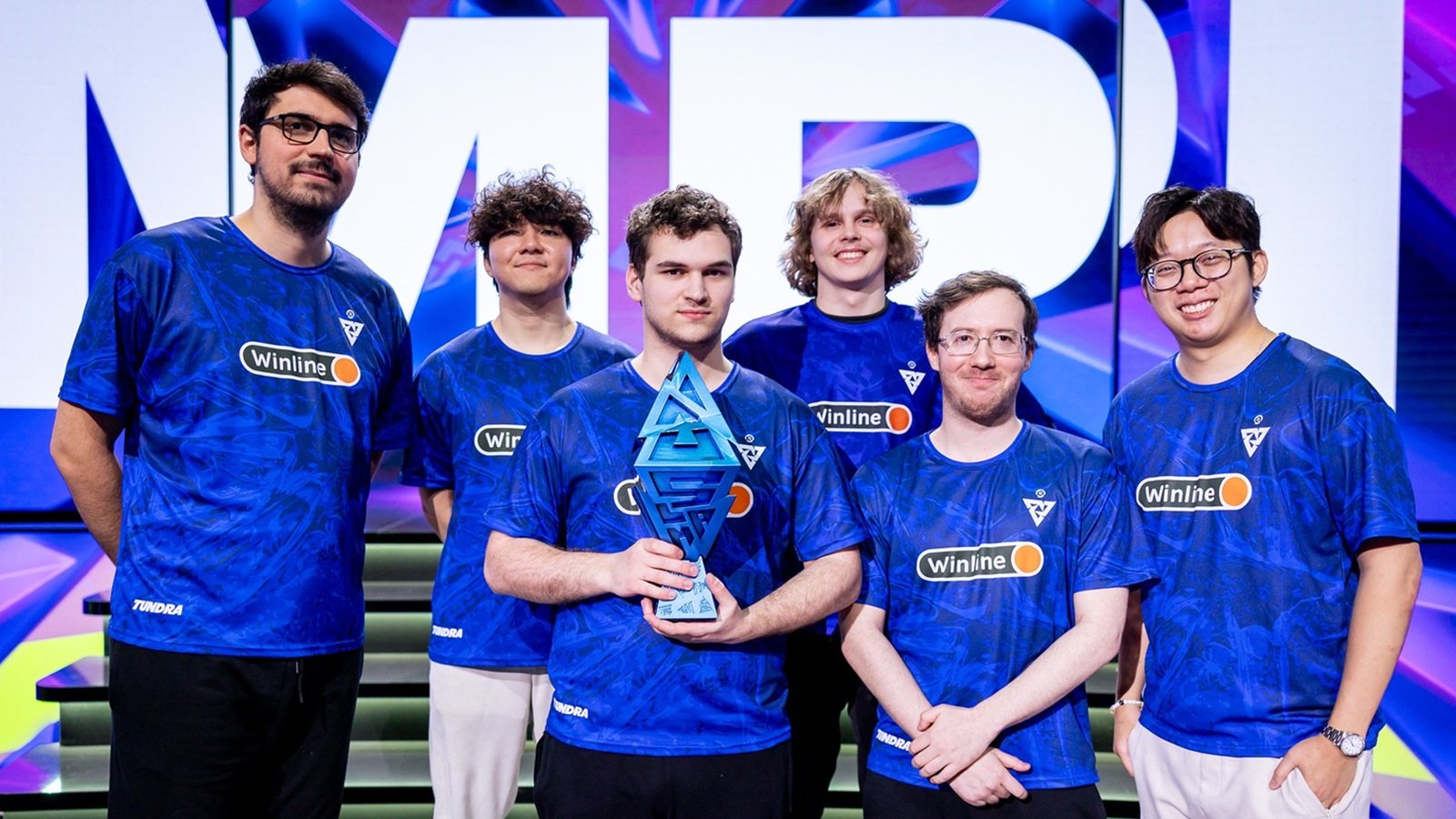

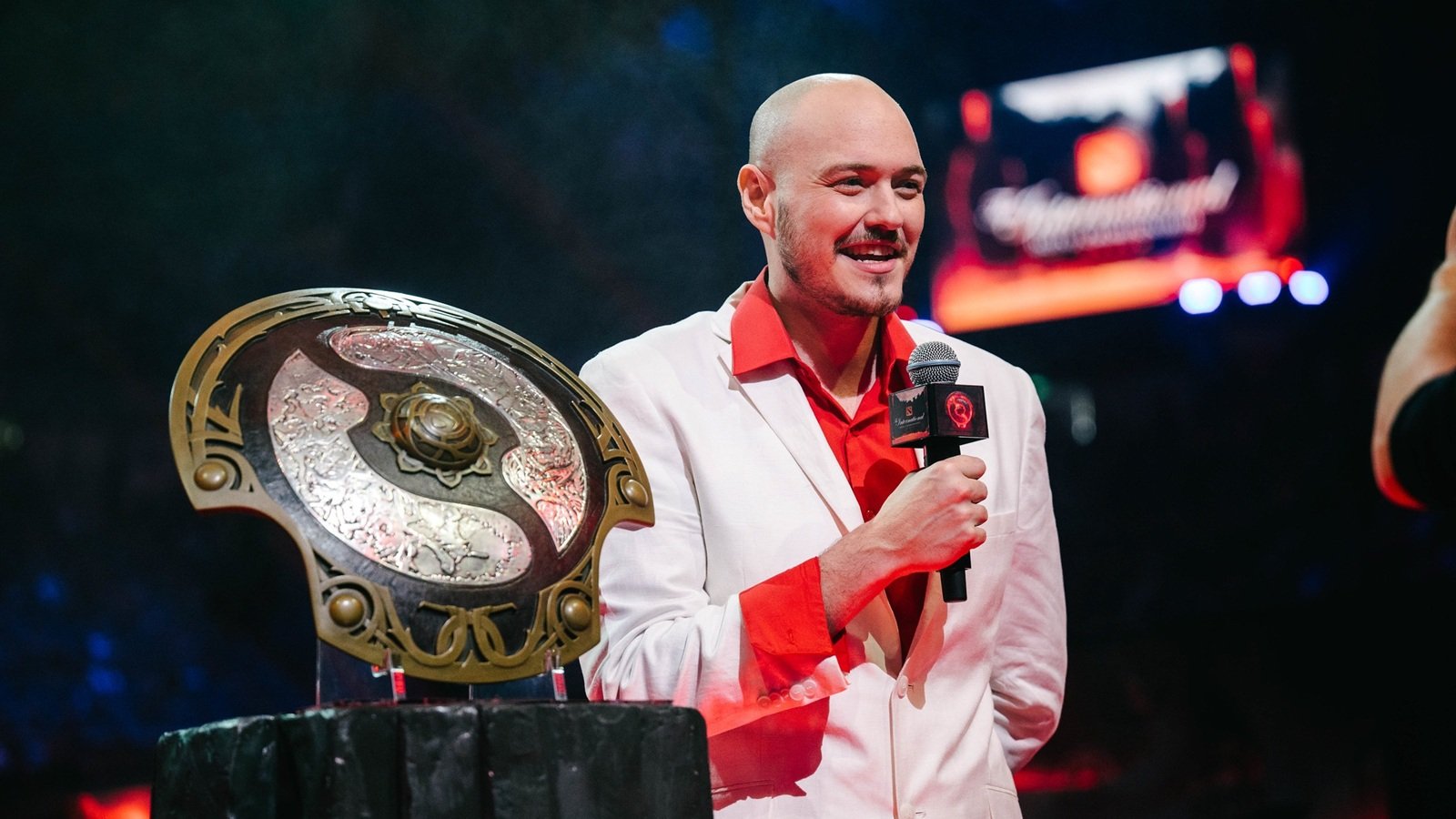


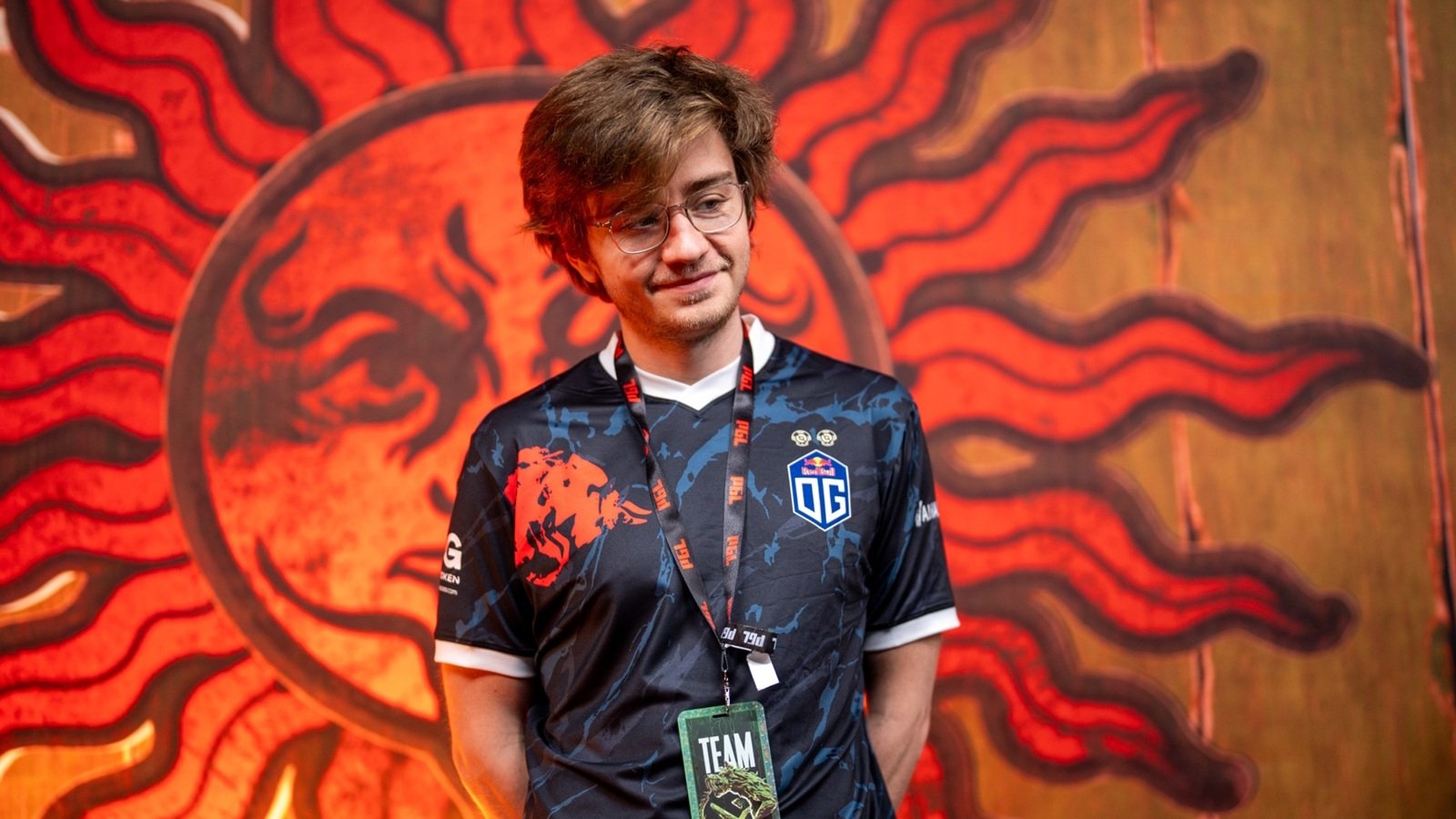
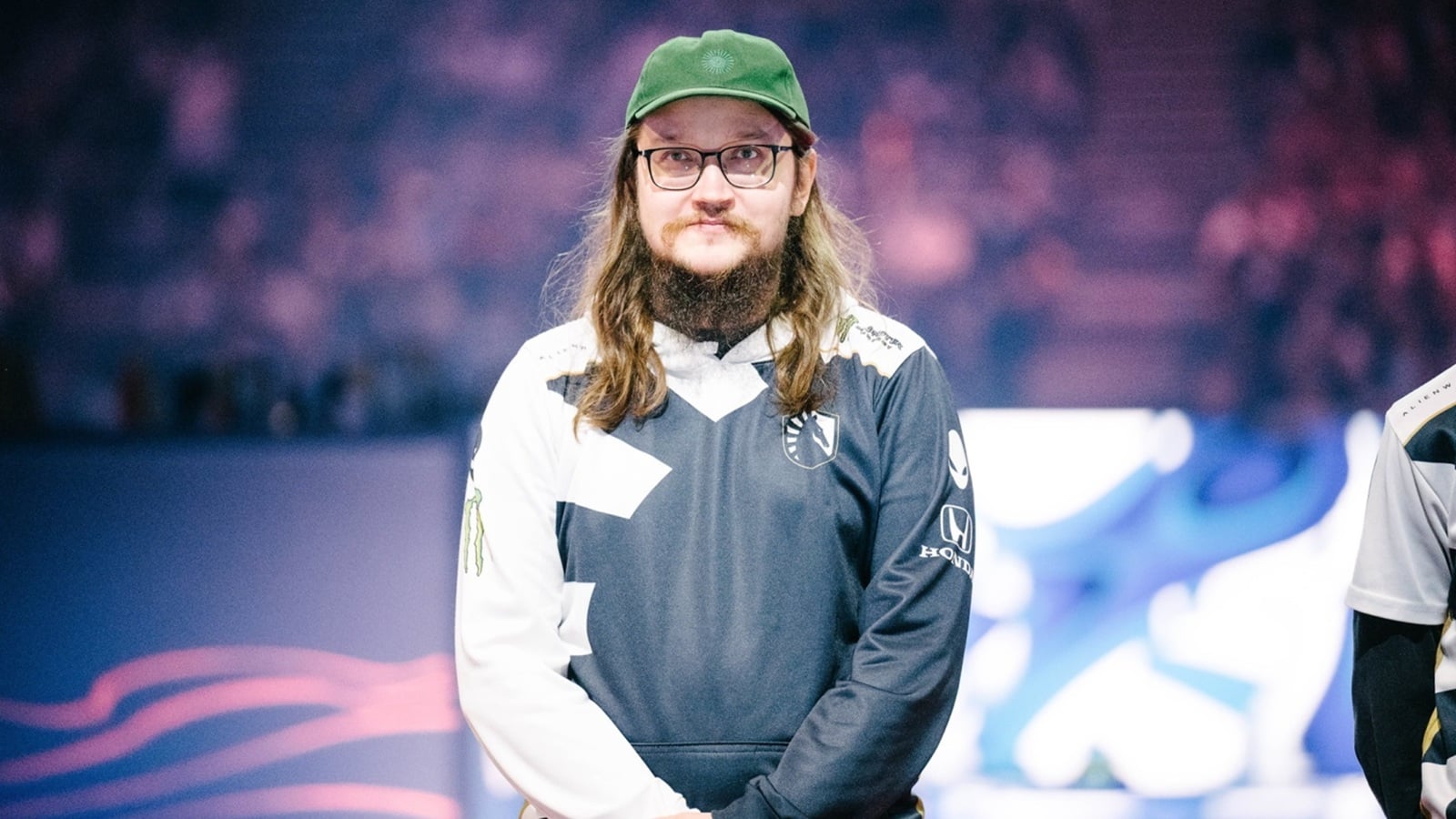

Published: Jan 11, 2021 05:39 pm